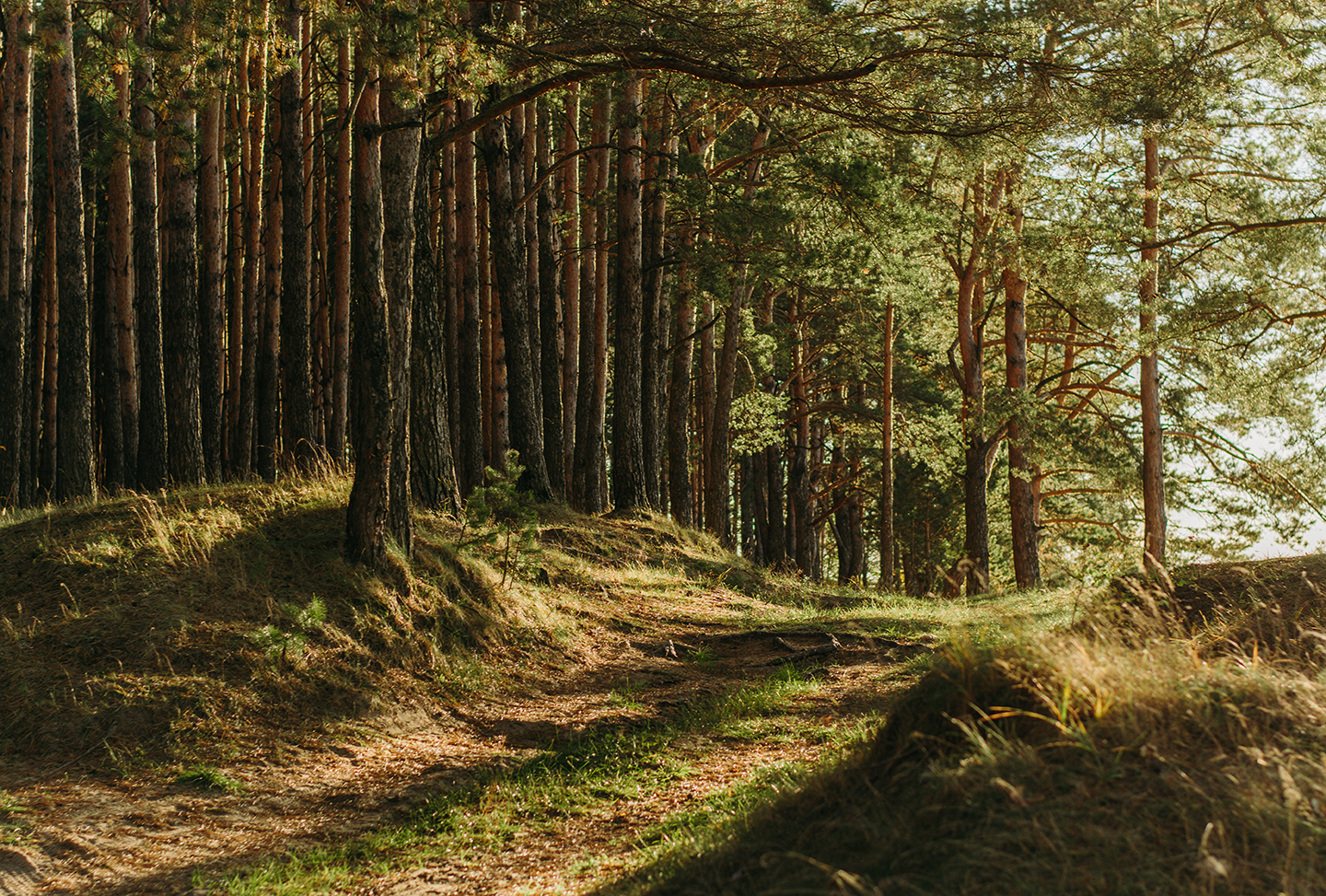Limitless possibilities in spectacular destinations, Balance Holidays' exceptionally curated wellbeing travel experiences bring individuals on multi-sensory journeys that enrich and awaken the heart, body and mind..


The wonder of the woodlands has long since been fascinating and worship to those of our pastime. A walk under canopies of lush green verdant shades, enveloped beneath ice-cold glacier mountains, breathing in the aromatic freshness of nature delivers a promise of physical and mental rejuvenation.
This mysterious new practice is called ‘Forest Therapy’ and originates from the Japanese art of therapy, more commonly known as ‘Shinrin-Yoku’ translating directly into ‘forest bathing.’ Despite what the translation indicates, this form of therapy does not mean taking a literal bath in the forests but rather, to be submerged in the organic, ethereal and soothing filaments of the forest surroundings to achieve an affinity with nature’s psyche as well as boundless health benefits becoming a new and green antidote enjoyed and recommended by wellness activists.
If you have ever landed on the Japanese Culture channel on television, chances are you would have discovered a common denominator embedded in the integrity of Japanese movies and original series: the harmonious relationship between man and nature and the appreciation of nature (The Japanese Appreciation of Nature by Yuriko Saito).
From national pride in the annual blossoming of bountiful buds of pink Sakura to forest preservation in designated areas of Japan and designing and constructing homes with minimal interference to the natural landscape, the Japanese carry an unwavering loyalty to nature, which feeds through into the practises of Shinrin-Yoku, invoking a much necessary lifestyle reconfiguration spending time with nature.
Thrummed in a stern and rigid urban timeline on repeat with a classical structure pacing through a grey-scale concrete jungle Monday to Friday and to-do lists taller than The Shard, our exposure and time immersed with the fields of green are minimal. Acknowledging this flaw in our current lifestyle, there is a lesson to be conceived from the Japanese’s firm and special force of love for nature for a never before experienced respite and healing to strike a healthy lifestyle balance.
If you are unable to recall the last time you were able to draw in a delightful lungful of fresh air and simultaneously feel liberated from the stressful compressions of daily life, the therapeutic powers of nature present in forest therapy might be able to help. Below are the positive health benefits of forest therapy:
Various Japanese and Korean studies and an analysis by WedMD have been conducted over the years to analyse the health benefits of spending time in the outdoors, concluding on a mutual result: individuals living or interacting in green spaces have seen an overall improvement in brain health with the most notable effects being an increase in happiness, cognitive abilities and responses and less mood-swings leading to an overall improvement in wellbeing.
An additional finding in WebMD’s studies was that forest therapy allows time away from the daily distractions. However, in order to be fully immersed in the experience, it is a fundamental prerequisite to establish a distance from smartphones and cameras so individuals can exercise their senses in the green space. It is precisely because our senses are fully engaged with the surroundings, being enchanted by the enthralling sight, listening to the melody of high-pitched bird twills and breathing in breaths of pure and fresh air that washes our systems with a wave of ‘calm’, soothing our mind, body and spirit.
When we are stressed, negative side effects including brain fog, anxiety, and thoughts of self-doubt and depression loom over us causing the body to produce the stress hormone, cortisol but findings have demonstrated that by rebooting our health through forest therapy, cortisol production was reduced and even helped reduce stress-induced sleeplessness and restlessness (Shinrin-Yoku (Forest Bathing) and Nature therapy: A state-of-the-art Review.
Another study carried out by Nature Research, established a positive correlation between a sample group who were situation in a very green demographic location and the impact on overall outlook in comparison to those caged in urban towers. The key takeaway from this study is that by being surrounded in open rooms of foliage over an extended period of time, a positive shift in mood and a boost in self-confidence are achieved which are both pivotal to personal happiness.
Taking regular hikes, an activity entailed in forest therapy delivers an additional benefit: an improvement in overall physical health, stabilising blood pressure and a more robust immune system. Note however, that forest therapy cannot be used as a substitute to more serious health conditions. Please seek medical help where necessary.
If not a walk through the forest, what do I do at a forest therapy retreat? In order to reap the health benefits of shinrin-yoku, many wellness experts recommend doing it properly by starting with the basics of breathing and stretching. When done well, not only will the hiking improve blood circulation and the yoga poses massage the knots, those who have tried forest bathing have noticed an effect on all senses of the body: touch, smell, sight and taste and the body and mind to be released from the coil of negativity, helping individuals to re-establish a sense of direction and reconnection with themselves.
Forest therapy on a retreat also includes generic activities including stretching, meditation, forest hiking, learning to breathe, hot-spring baths, light refreshments of local produce and fruits, herbal tea ceremonies and most importantly, admiring the surroundings of small white edelweiss flowers and neatly axed tree chunks soaking in droplets of humidity from the air.
To be fully absorbed in this otherworldly experience for the natural therapeutic powers of the forests to channel into your system, experts of the practice recommend taking things slow, leave behind technology and take a moment to pause and admire the refined details because it is the small and fine details that build the bigger picture to a healthier and happier landscape of life.
Sign up to our newsletter for exclusive retreat launches, priority access to events and curated wellbeing content